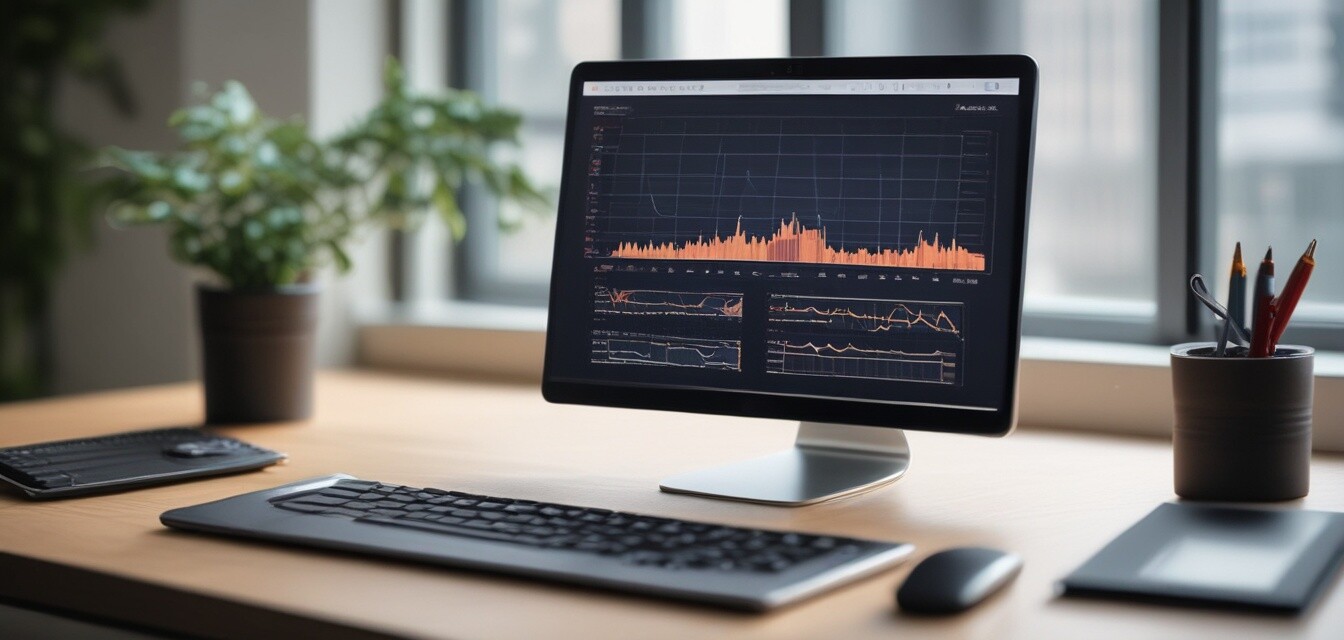
How to effectively manage your laptop's storage
Key Takeaways
- Regularly clean up unused files and applications.
- Utilize cloud storage solutions to free up local space.
- Organize files into appropriate folders for easy access.
- Monitor your usage with built-in tools or third-party software.
- Be aware of the benefits of external storage solutions.
Modern laptops come equipped with substantial storage capabilities, yet as we accumulate thousands of files, it becomes increasingly easy to fill up that space quickly. Whether you're working with documents, images, or applications, managing your laptop's storage is essential for maintaining performance and ensuring you have room for what you really need. Here are some effective tips for optimizing your laptop's storage.
1. Understand your storage capacity
Before you can effectively manage your laptop's storage, you need to know what you're working with. Start by checking your available storage:
- On Windows, go to Settings > System > Storage.
- On macOS, click on the Apple menu, select About This Mac, and navigate to the Storage tab.
2. Clean up your hard drive regularly
A cluttered hard drive can impact your laptop's performance. Here are some quick cleaning tips:
- Delete files you no longer need or use.
- Uninstall applications that you haven't opened in the last few months.
- Use disk cleanup tools (such as Windows Disk Cleanup or Mac's built-in storage management tool) to free up space.
3. Organize your files
Establishing a well-structured file organization system will save you time and help avoid unnecessary clutter:
- Create folders based on categories (e.g., Work, Personal, Photos).
- Use a consistent naming convention for ease of search.
- Regularly review your folders and move outdated files to an archive.
4. Utilize cloud storage options
Cloud storage can be a game changer for managing your files:
- Store large files in services like Google Drive, Dropbox, or Microsoft OneDrive.
- Consider using cloud backup solutions to ensure your important files are secure and easily accessible.
- Leverage synchronization features to keep your files updated across devices.
5. Monitor your storage usage
Keeping an eye on your storage can prevent future issues:
- Regularly check your storage usage in system settings.
- Utilize tools or applications that can help visualize your storage usage.
- Identify and address any space-hogging files that may need immediate attention.
6. Invest in external storage solutions
If you find that your internal storage is constantly at capacity, consider purchasing external storage:
- External hard drives or SSDs offer additional storage for large files.
- USB drives can be used for quick and easy transfers.
- Network-attached storage (NAS) can allow multiple users to access the same files.
Beginners Section
If you're new to managing laptop storage, follow these fundamental guidelines:
- Always back up your essential files before deleting anything.
- Familiarize yourself with using cloud services; many have free options to get you started.
- Seize the habit of organizing your files regularly; a little effort goes a long way.
Pros
- Increased performance and speed.
- Better organization and easier access to files.
- Reduces frustration when searching for files.
Cons
- Can be time-consuming to set up an effective system.
- Requires discipline to maintain organization.
- Possible costs involved with external storage solutions.
Conclusion
Managing your laptop's storage effectively will not only help you maintain a smoother operation but also allow you to better showcase your work and creativity. By utilizing tools and strategies outlined in this article, you're sure to keep your laptop organized and efficient for all your computing needs.
For more tips on optimizing your laptop experience, check out our Buying Guides and News and Trends sections.